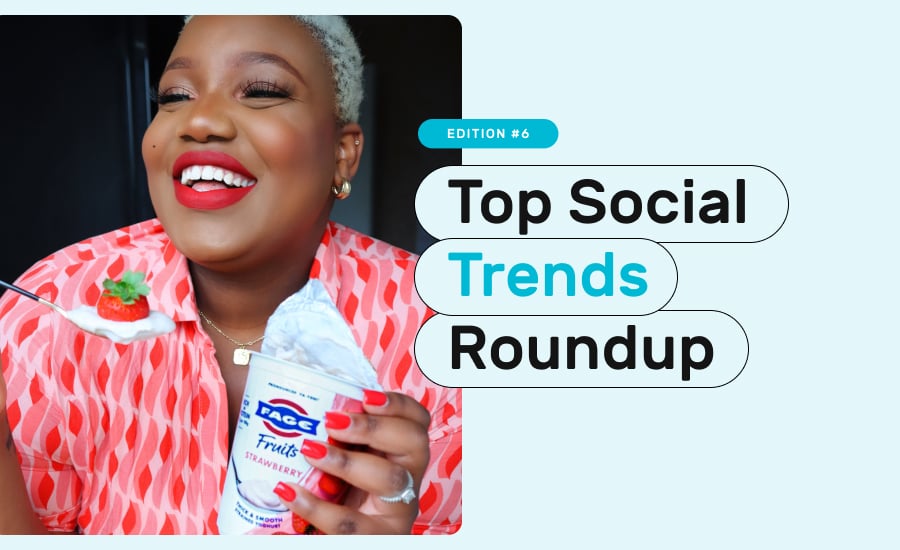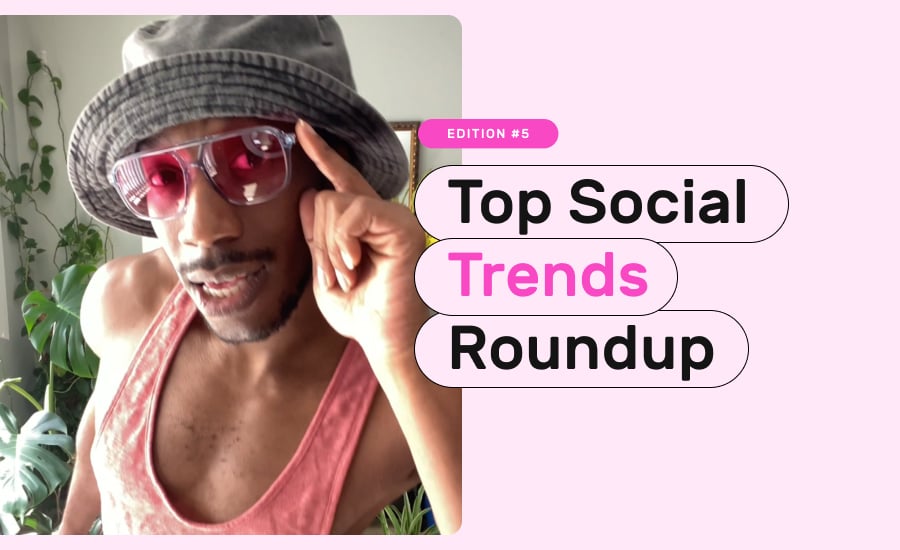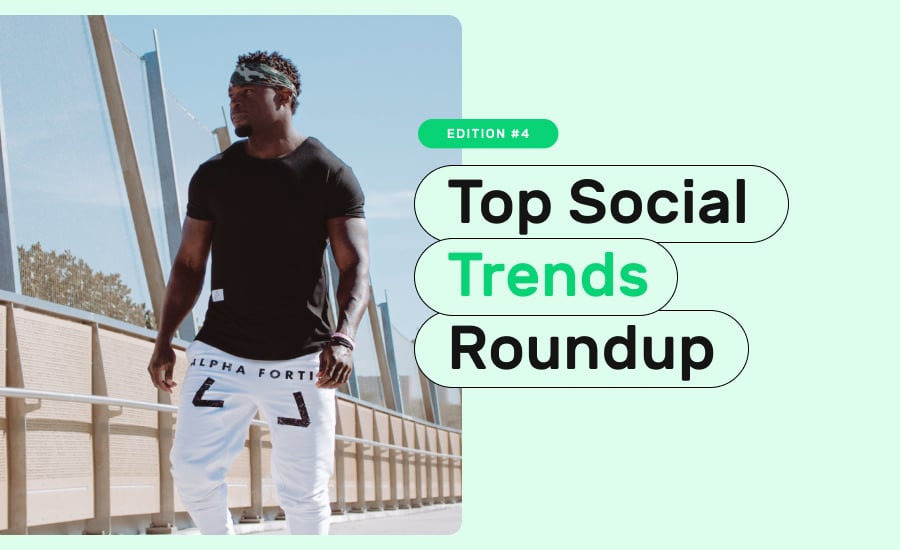The influencer marketing industry has grown considerably over the last few years. A large number of brands are jumping on the influencer bandwagon, and if you haven’t yet, you better get a move on!
While this year has seen significant growth in the influencer marketing sector, most brands are still behind when it comes to measuring and understanding the effectiveness of influencers.
So we’re laying it out plain and simple – why should brands use micro-influencers? What different approaches can be used? And, most importantly, how can the effectiveness of influencer marketing campaigns be measured?
Why should brands use micro-influencers?
1. MICRO-INFLUENCERS HAVE HIGHER ENGAGEMENT RATES THAN CELEBRITIES
In the past, brands have used celebrities to sell products to their consumers. While celebrities may cast a wide net, there is a good chance that majority of their audience won’t be into your brand - most followers are passive observers, rather than active participants in their content.
In contrast, micro-influencers with between 3-100k followers have dedicated, niche audiences who are specifically interested in their content. A survey by Makerly confirmed that this number of followers is the “sweet spot” for influencer marketing, as engagement rate is shown to decrease as audience size increases. Micro-influencers’ audiences are highly engaged, dedicated and ready to act on their recommendations.
2. THEY CREATE VOLUMES OF CONTENT AT SCALE, FOR A FRACTION OF THE COST
Unlike celebrities, who charge large amounts for a single post, micro-influencers create large volumes of high-quality content, allowing brands to spread their budgets across multiple, more-potent audiences for a fraction of the cost. This allows brands to play to their product strengths, rather than relying on celebrity status.
In fact, 84% of micro-influencers charge $250 or less for each sponsored post on Instagram, and 97% of them charge no more than $500 for each Instagram post.
Simply put - for the cost of one celebrity influencer post, you could receive dozens of micro-influencer posts with higher engagement, wider reach and more branded content to repurpose.
3. AUTHENTICITY AND TRUST
Consumers are being more and more drawn to influencers, because they are real people who are relatable, interesting and trustworthy. This is because micro-influencers choose to promote the brands and products they already use and love.
In a study by The Keller Fay Group, 82% of people said they were highly likely to take the recommendation of an influencer they follow. And according to a large-scale survey by Collective Bias, 70% of millennials prefer products endorsed by non-celebrity influencers.
This authenticity and influencer–consumer trust is the driving force behind influencer marketing.
What different influencer marketing approaches can be used?
Influencer marketing allows you to access everyday people who already use and love your products, and activate them to do your marketing for you.
This allows you to generate authentic word-of-mouth marketing, or even create a bank of beautiful branded content. Here are the ways you can make micro-influencers work for you…
1. INFLUENCER CAMPAIGNS
With Influencer Campaigns, you upload a brief to which influencers submit premium content. This enables you to review content upfront, and choose which posts you'd like to approve and purchase.
Once approved, the influencer publishes the content to their socials, generating authentic reach and engagement for your brand.
2. CONTENT CAMPAIGNS
With Content Campaigns, brands upload a brief to which premium hand-picked creators submit content. However, once approved, the influencer doesn’t publish it to their socials.
You purchase the content you love, and have full licence to use it across your paid advertising and owned channels. It's like your very own branded stock-image library, shot to your brief!
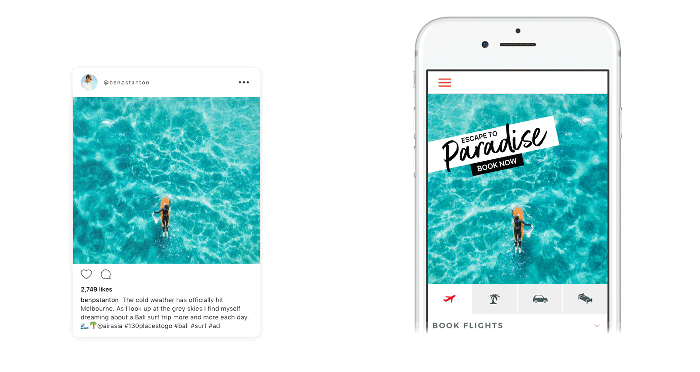
3. WHICH CAMPAIGN IS FOR ME?
Once you’ve chosen your campaign type, there are endless ways to harness the power of influencer marketing – it’s just about finding a strategy that works for your campaign. Leveraging calendar events, launch a brand or product, coordinate competitions, hijack a social movement, amplify your existing content - the sky’s the limit!
Most importantly, how do we measure the effectiveness of influencer content campaigns?
At the end of 2017, 76% of marketers said that the biggest influencer marketing challenge for 2018 would be determining their campaign ROI, and 90% of marketers said that they only used engagement rates to assess their influencer marketing campaign’s ROI.
The truth is that there are many ways to measure the success of influencer marketing, some of which aren’t easily quantifiable, but absolutely invaluable.
1. ENGAGEMENT, REACH & WORD OF MOUTH
It’s no secret the reach and engagement are two of the most common metrics when assessing ROI.
The highest organic engagement is generated by influencers in the 3-10k follower bracket – which make up the majority of TRIBE creators. Cost Per Engagement, or CPE, is the sum total of likes and comments divided by the total cost.
Unlike sales or downloads, likes and comments are only indicative of your post’s success, so it’s great for benchmarking but don’t obsess over CPE.
Word of mouth is where the power of micro influencers really comes into play - it’s far more powerful when someone you trust says “How good is that brand!” rather than the brand themselves saying “How good am I?”At scale, brands can generate the same level of audience reach as a celebrity influencer by using a variety of smaller influencers, sparking multiple word-of-mouth recommendations to more-engaged audiences that spread like wildfire.
Word of mouth is where the power of micro influencers really comes into play - it’s far more powerful when someone you trust says “How good is that brand!” rather than the brand themselves saying “How good am I?” At scale, brands can generate the same level of audience reach as a celebrity influencer by using a variety of smaller influencers, sparking multiple word-of-mouth recommendations to more-engaged audiences that spread like wildfire.
2. SENTIMENT
Perhaps the most valuable ROI lens that you never knew about, sentiment goes one step beyond engagement – by measuring the specific feedback and reactions each influencer’s following has to their content.
This is measured by TRIBE’s data team by assessing the sentiment - positive or negative comments or interactions - left on influencers’ post by their audience. This is an incredibly valuable metric, allowing brands to be a fly on the wall to consumer conversations and get a genuine feel about how their product is perceived by their market.
When Berocca used TRIBE to launch two new, different flavours, we were able to measure their campaign’s success based on the sentiment of their customers. By pulling the audience response to the campaign and assessing the sentiment of the interactions left on each piece of influencer content, our data team was able to help Berocca determine, which flavour was the crowd favourite.
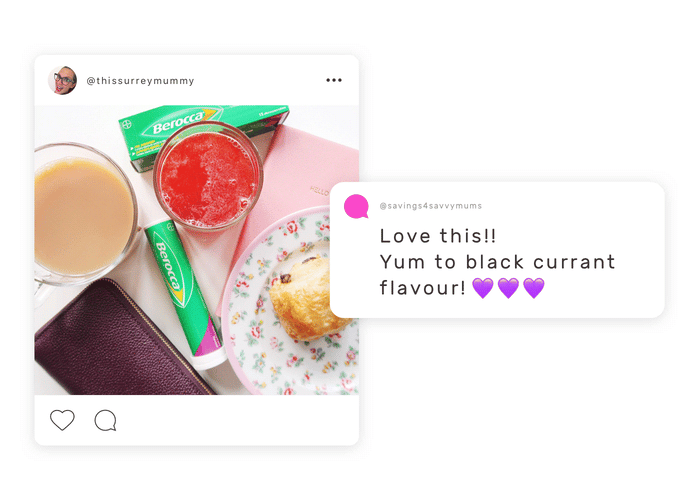
By encouraging people to choose their flavour and assessing the sentiment, they could then measure their consumers’ direct engagement and understand the individual needs of their own customers. Next level!
3. OPERATIONAL ROI
What is clear and measurable Operational ROI?
Most influencer marketing campaigns run for a couple of weeks. But with TRIBE, it’s possible to build a campaign in minutes, receive content in hours and complete your campaign in just days.
Operational ROI is using tech to cut the work of influencer campaigns down from 100 hours to 10, saving brands time and money. A quarter of all TRIBE briefs receive stunning content within 25 minutes of going live, and most briefs get 50-100 submissions in the first week.
Engagement aside, the speed, scale and price of influencer marketing is unprecedented – the value of being able to crowdsource such a variety and volume of authentic, branded content is absolutely priceless.



